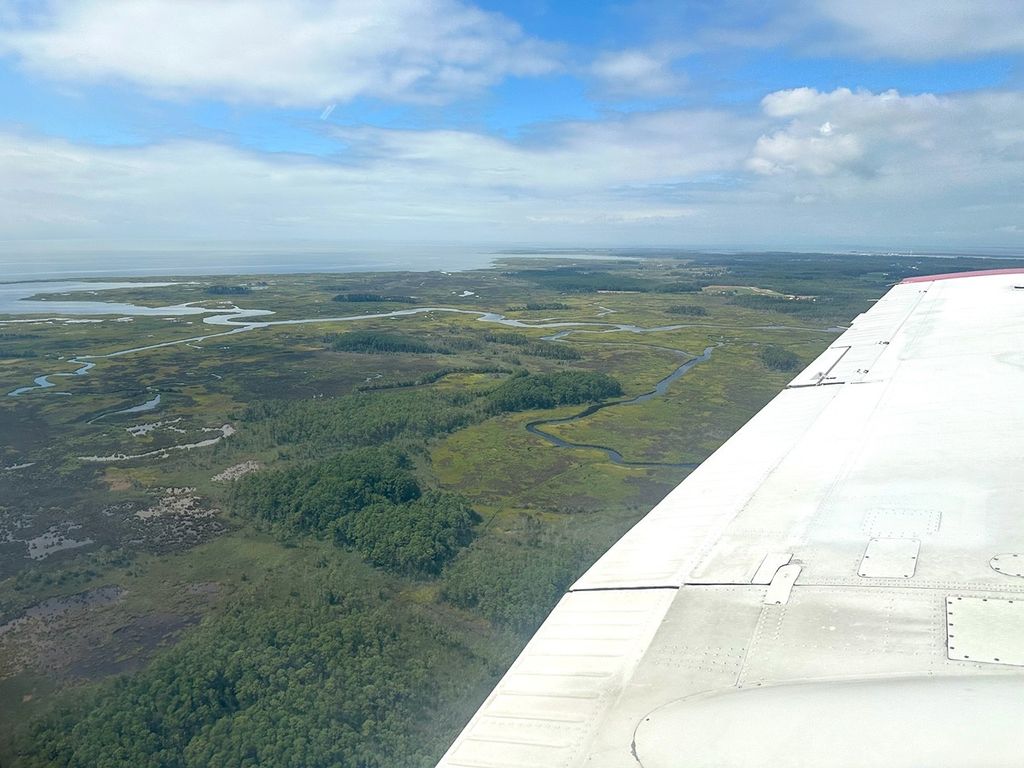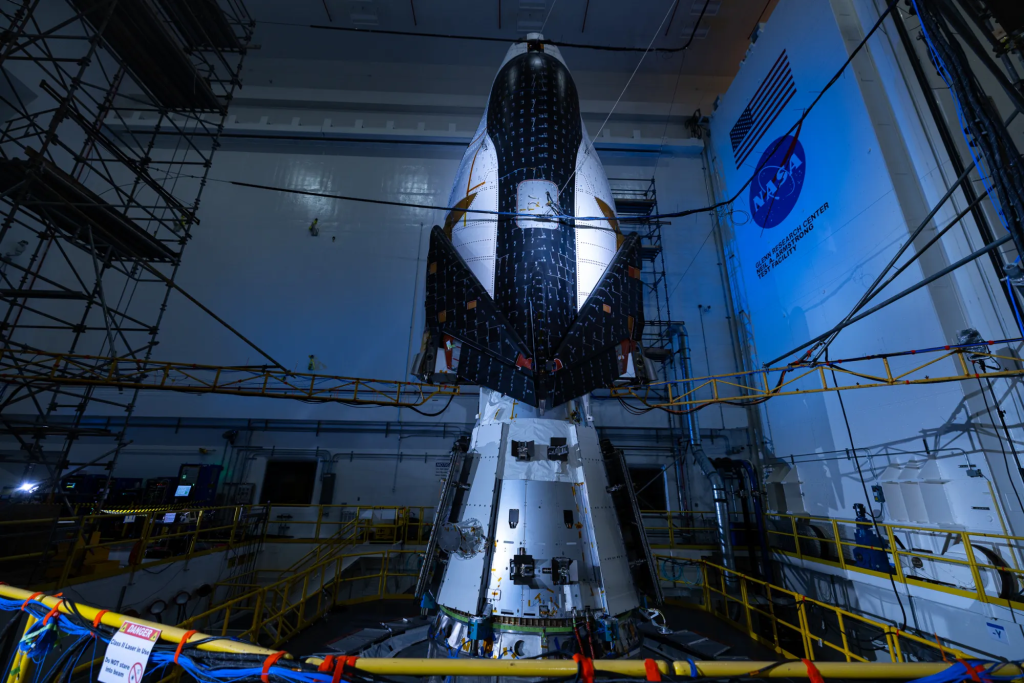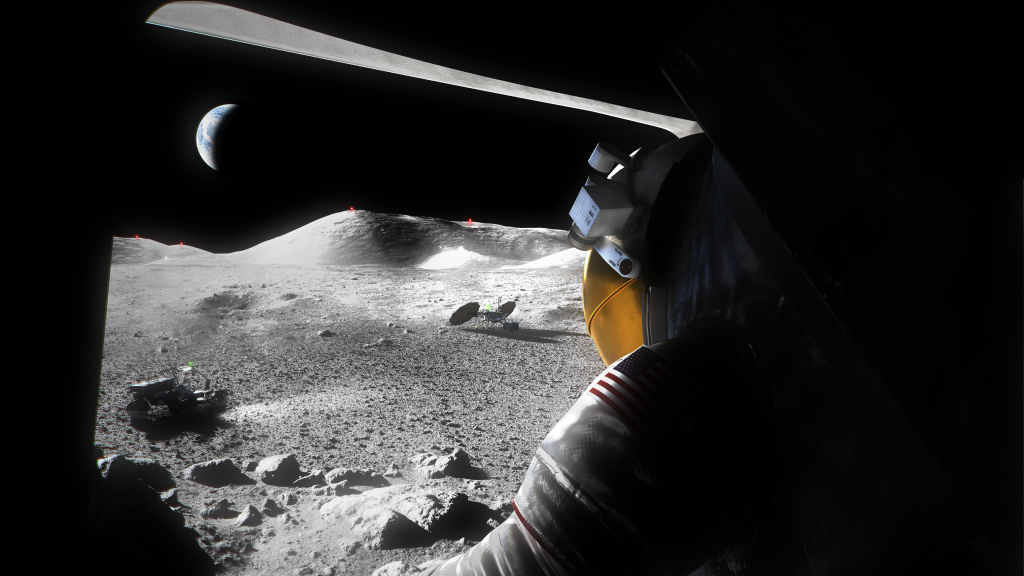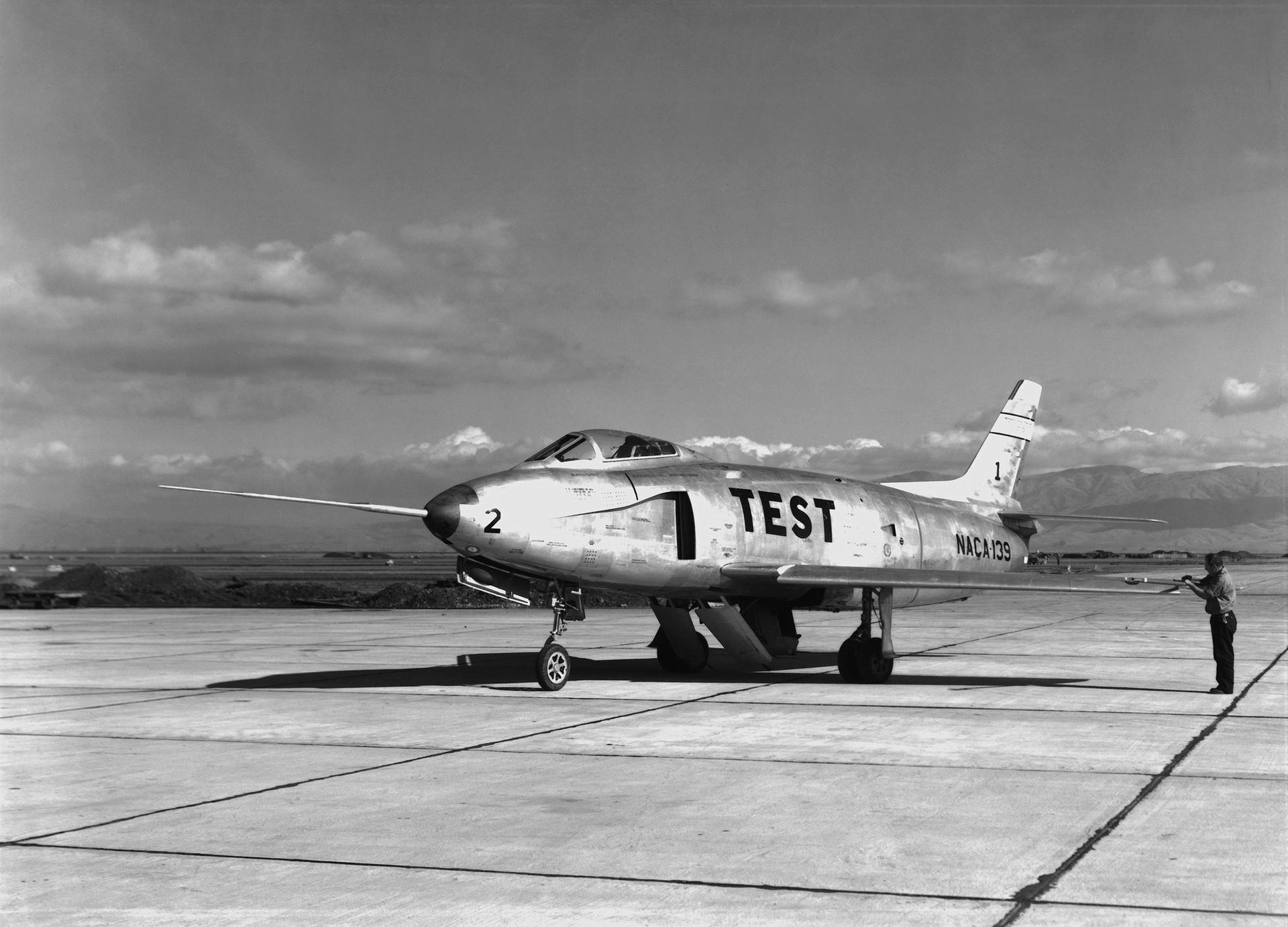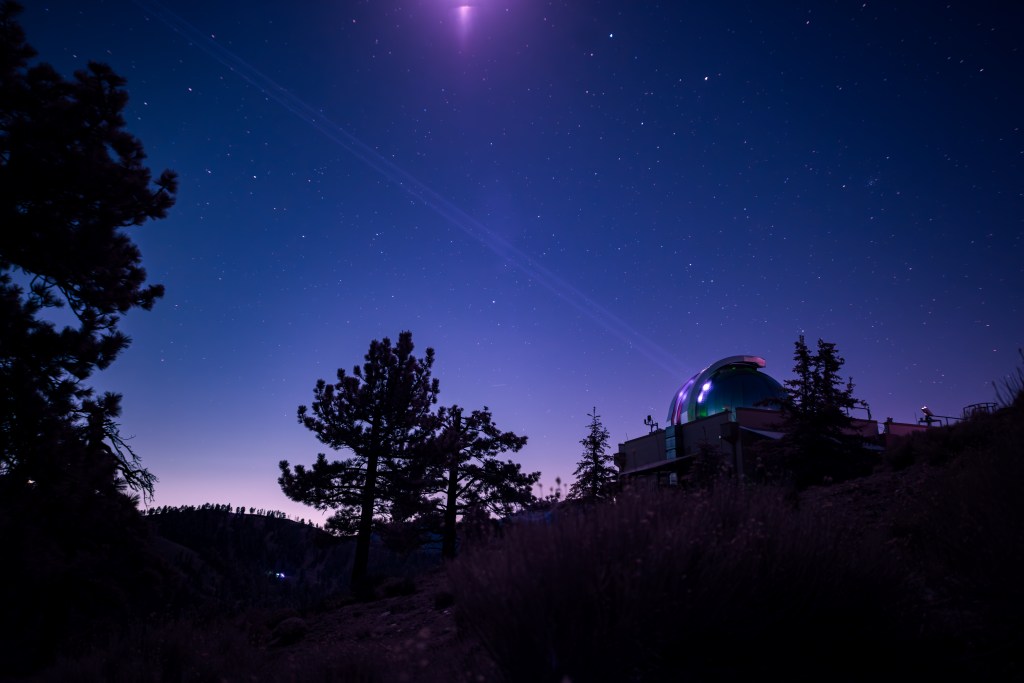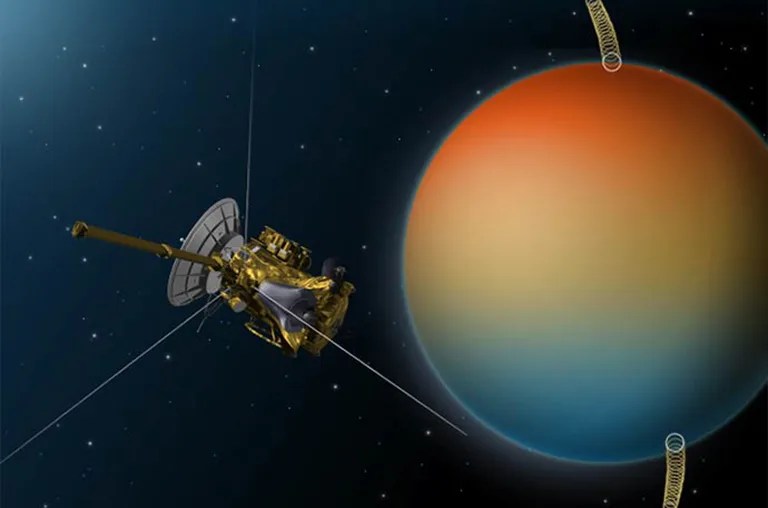
Titan Flyby T-112: Probing the summer and winter poles with CIRS
July 7, 2015
The CIRS instrument will perform back-to-back limb sounding observations at closest approach, reaching high northern and southern latitudes to contrast the temperatures and gas abundances at the summer and winter poles.
VIMS will acquire a mosaic of the sub-Saturn tropical zone that includes the dune fields of Fensal and Aztlan and the Quivira plateau. VIMS will also observe the evolution of the south polar vortex and will look for the formation of clouds at northern mid-latitudes. Outbound, VIMS will take images of the north polar area with the seas illuminated.
Titan Flyby at a Glance
Date
July 7, 2015
Altitude
6,806 miles (10,953 km)
Speed
12,526 mph (5.6 km/sec)



